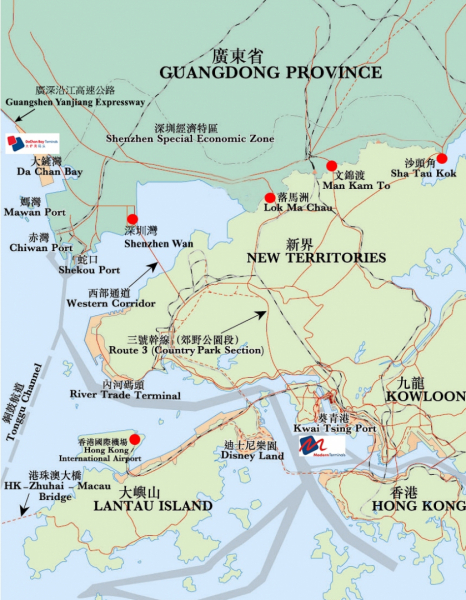China News Insights
Is Hong Kong positioned properly for the changes in container shipping?
The Port of Hong Kong provides many competitive advantages to its users, including world class infrastructure capable of handling the world’s largest container vessels, free port status, efficient and transparent customs clearing procedures, rule of law, well developed shipping services network with 400 weekly vessel calls linking to 500 port destinations.
Because of its strategic location on the East-West trade route, and unparalleled connectivity with Mainland China, Hong Kong remains a key international and regional transportation and logistics hub. Foreign flagged carriers are allowed to use Hong Kong to transship containers from one Mainland port to another under the “One Country, Two Systems” policy.
Ocean-going vessels and China flag vessels may apply for advance clearance 24 hours prior to arrival in Hong Kong under the "Pre-arrival Clearance" Scheme. Approved vessels can proceed directly to Hong Kong’s Kwai Tsing container terminals for loading and unloading without having to wait for immigration clearance at the anchorages, thereby lowering operating costs and reducing vessel idle time.(1)
The special business relations between Mainland China and Hong Kong are supported by five control points handling air and land cargo clearance. Hong Kong International Airport handles air clearance, while Lok Ma Chau, Man Kam To, Sha Tau Kok, and the Shenzhen Bay handle land clearance. Lok Ma Chau is the busiest control point for land cargo clearance because it is closest to Hong Kong’s Kwai Tsing container terminals, with its 24-hour clearance service. See the map below for control point locations.
One important pillar of Hong Kong’s economy is the port infrastructure and services. In addition to the terminal operators’ continuous investment in equipment, facilities and technologies, the government’s reallocation of land use in the immediate vicinity of the container terminals in Hong Kong is necessary for restoring the competitiveness of the port in the face of the structural changes in container shipping. The government released a schedule of land allocation for additional barge berths and port back-up land in June 2015, representing a positive first step in addressing the shortage of terminal backup land and barge berths. Terminal operators have been working with the government on planning for the subsequent phases of land allocation to fully realize the requirements of all stakeholders.
Endnotes:
(1) Relaxation of the Coverage of Pre-arrival Clearance Scheme for Mainland River/Coastal Trade Vessels, http://www.info.gov.hk/gia/general/200302/21/0221119.htm
